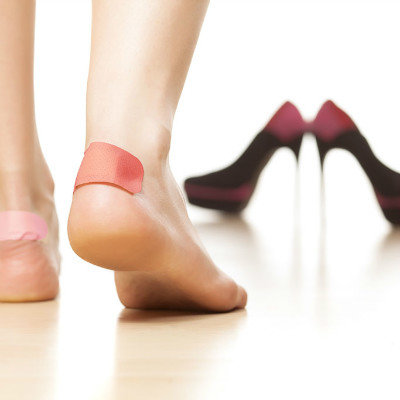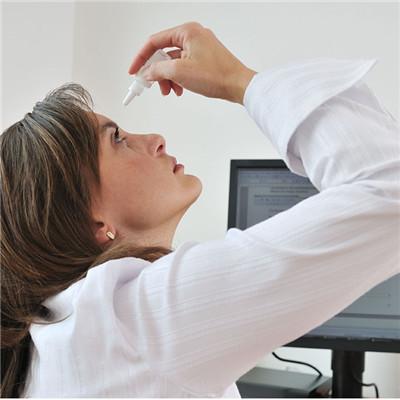Symptoms of disseminated gonorrhea?
summary
Disseminated gonorrhea, or disseminated gonococcal infection, is very rare in gonorrhea patients, accounting for 0.2% - 1.9% of gonorrhea patients. More common in women, often in the menstrual period, and pregnancy also has a certain relationship. Symptoms of disseminated gonorrhea? Let's talk about it
Symptoms of disseminated gonorrhea?
(1) Gonococcal dermatitis: it starts with round erythema, macular papules or blisters with a diameter of 2-5mm, and soon turns into pustules, with red halo around, central hemorrhage, necrosis or scab. Erythema nodosum, urticaria or erythema multiforme were occasionally seen. It is distributed in the trunk, limbs, palms and soles, but not in the head and face. After 4-5 days, it disappeared without scar.

(2) gonococcal keratosis: it may be caused by Neisseria gonorrhoeae or its toxin. Neisseria gonorrhoeae can not be found in skin lesions. It is often complicated with gonococcal arthritis. The most common sites of skin lesions are hands, feet, ankle heel and waist. It is usually flat, keratotic, slightly raised patches or plaques, conical, yellow, or copper red or gray white. The skin lesions of palms and soles showed keratinization.

(3) Gonococcal arthritis, synovitis and tenosynovitis: mostly involving the knee, ankle, elbow, wrist and shoulder joints. Two thirds of the patients presented with migratory asymmetric arthritis, and about one fourth presented with single joint pain. When arthritis, joint redness, swelling, effusion or pus can cause bone destruction and joint ankylosis. It is often accompanied by synovitis and tenosynovitis.

matters needing attention
If it was caused by sensitive strains, penicillin G20 million U was given intravenously once a day. After control, ampicillin (ampicillin) or amoxicillin (amoxicillin) 0.5g was given orally four times a day for 10 days.














